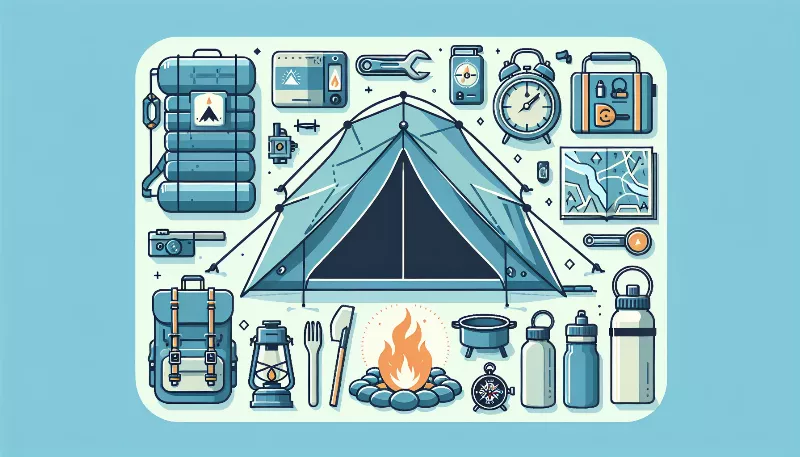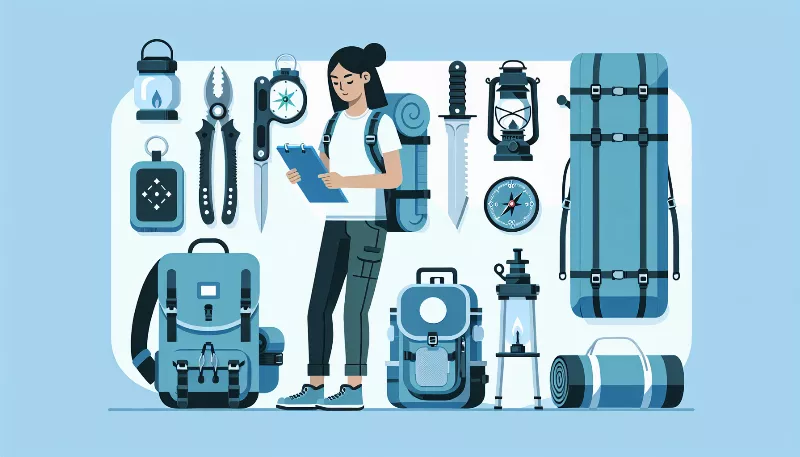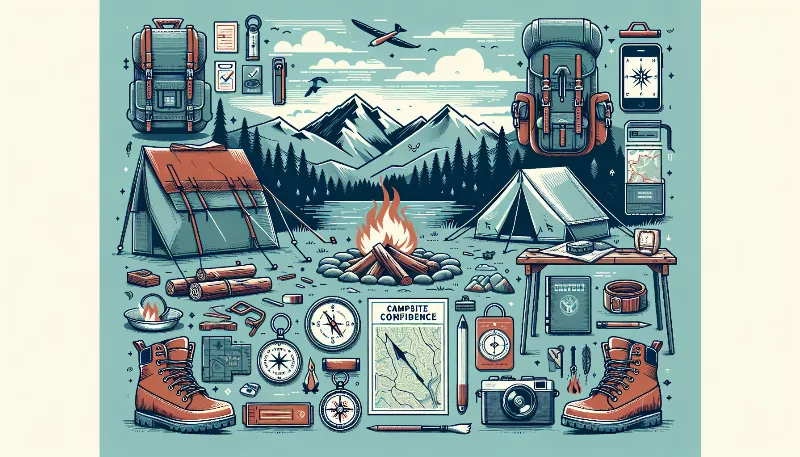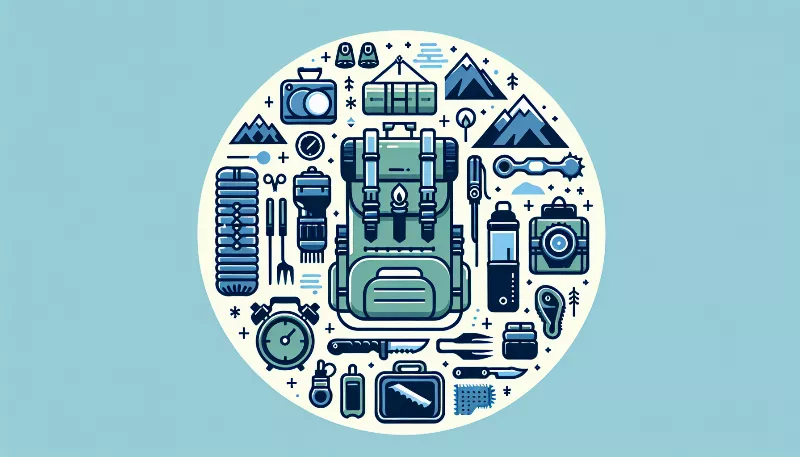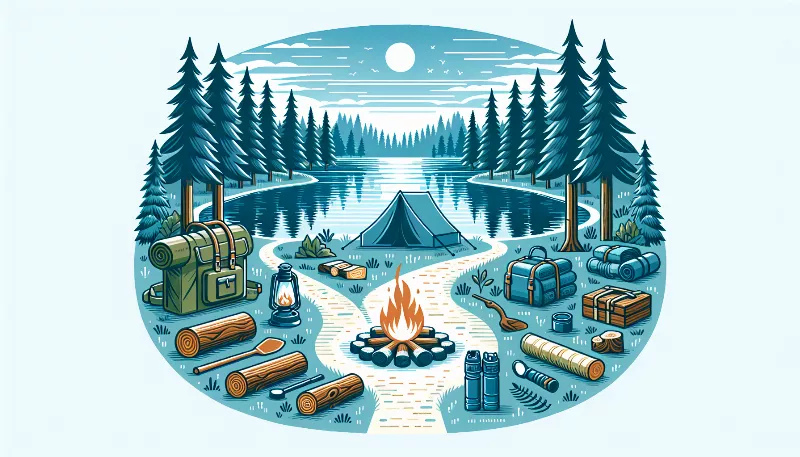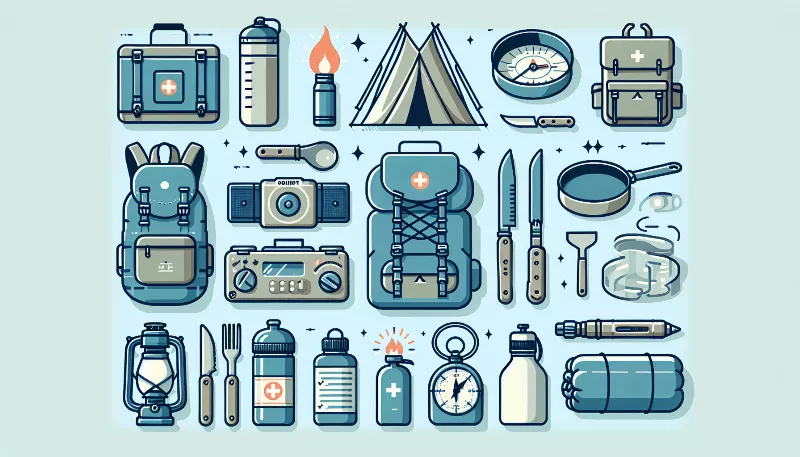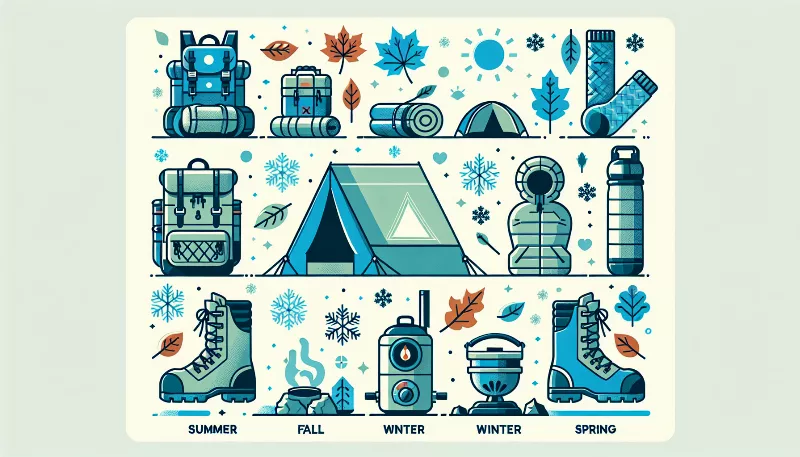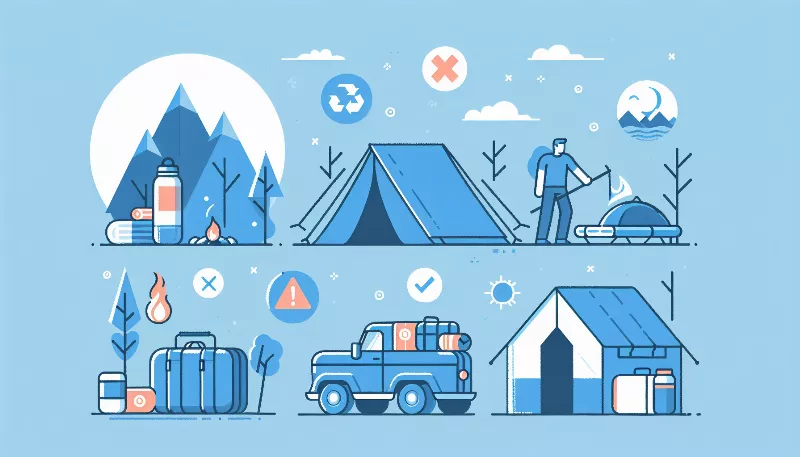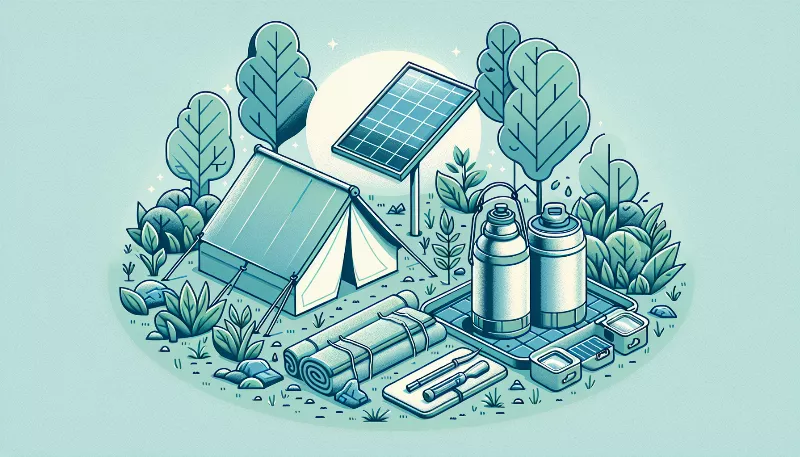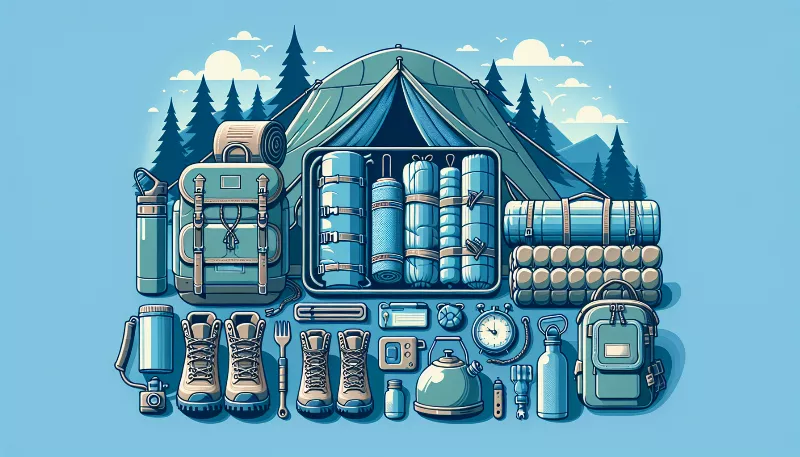What should be included in a camping first aid kit?
Pack smart with our essential guide to camping first aid kits. Be prepared for any adventure with the right supplies for safety & peace of mind!
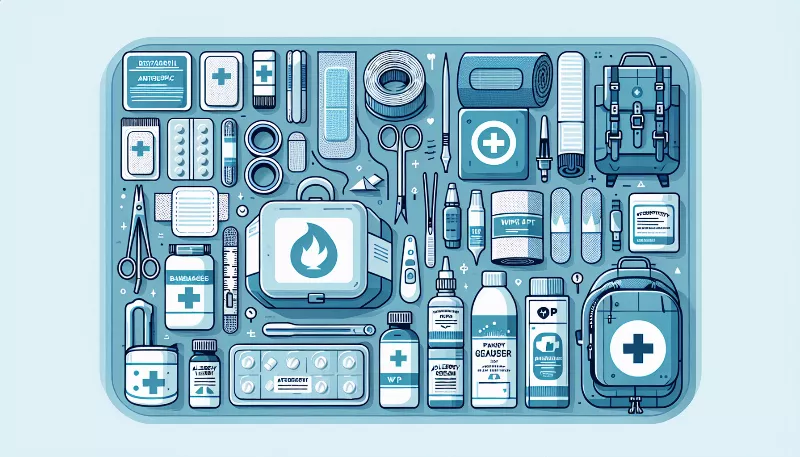
Introduction to Outdoor Safety
When you're out embracing the wonders of nature, being prepared is your first step towards a memorable adventure. A well-stocked camping first aid kit is not just a necessity; it's your best friend in the wild! It ensures that minor injuries don't turn into major setbacks. So, let's dive into the essentials that will keep you safe and sound under the stars.
Wound Care Wonders
Scrapes and cuts are common when you're out in the wilderness. Your first aid kit should be equipped with various sizes of adhesive bandages, sterile gauze pads, and adhesive tape to secure them. Don't forget an antiseptic solution or wipes to clean wounds, and antibiotic ointment to prevent infection. For larger injuries, include a pressure bandage to control bleeding and support sprains.
Sprains and Strains Support
Twisted ankles or wrists can happen easily on uneven terrain. Elastic compression bandages are crucial for reducing swelling and providing support. Cold packs can also be included for immediate relief, but remember they need to be activated or kept cool.
Blister Busters
Long hikes can lead to blisters, so pack some moleskin or blister pads to protect sensitive areas. These can be cut to size and applied to any hot spot that starts to develop, keeping you on the move comfortably.
Burn Basics
Campfires and cooking stoves are prime culprits for burns. Include burn gel and sterile burn dressings to soothe and protect minor burns until proper medical care can be accessed.
Fracture Fixers
In the unfortunate event of a fracture, having a splinting material like a SAM splint can be a game-changer. It's lightweight, versatile, and can be molded to stabilize the affected limb.
Allergy Attack Aids
Don't let allergies ruin your outdoor experience. Antihistamines are a must-have for those unexpected reactions. For more severe cases, such as anaphylaxis, make sure to carry an epinephrine auto-injector if prescribed by a doctor.
Medication Must-Haves
Pain relievers like ibuprofen or acetaminophen can alleviate headaches or body aches after a long day of activities. Also, consider including medication for common ailments like antacids for heartburn, anti-diarrheal tablets, and laxatives.
Tool Time
Your first aid kit wouldn't be complete without the tools of the trade. A pair of sterile gloves is essential for hygiene, while scissors and tweezers are necessary for cutting tape or removing splinters. A thermometer can help monitor potential fevers, and a CPR mask could be a lifesaver during respiratory emergencies.
Personal Prescriptions and Paperwork
Always remember to carry any personal medications that you or your fellow campers may require. Additionally, keep a copy of important medical information and emergency contacts in a waterproof container within your kit.
Conclusion: The Prepared Camper
With these items in your camping first aid kit, you'll be ready to tackle most minor emergencies head-on. Remember, the key to a successful outdoor adventure is preparation. So pack smart, stay vigilant, and enjoy the beauty of the great outdoors with peace of mind, knowing you're well-equipped to handle whatever comes your way!

